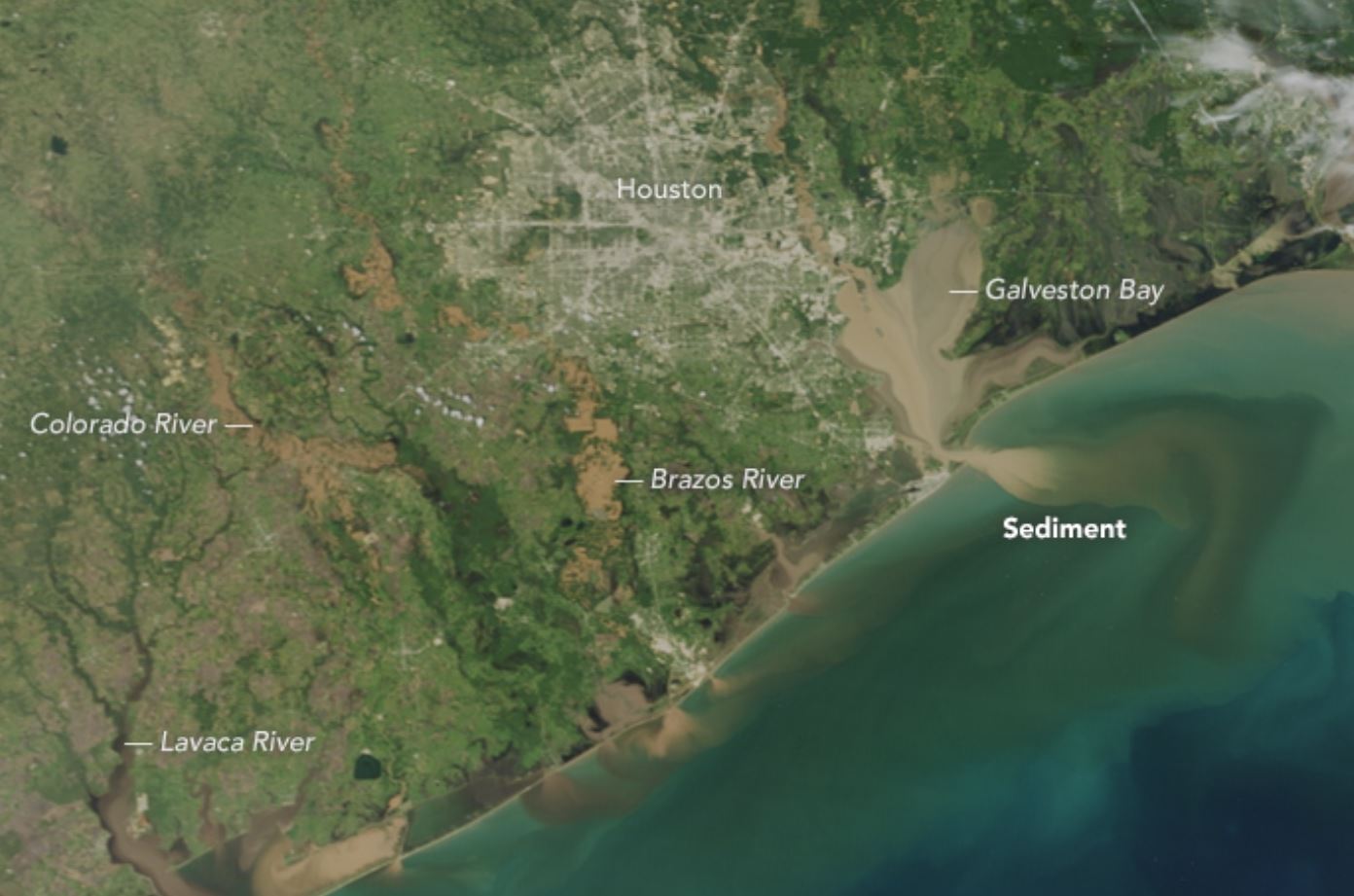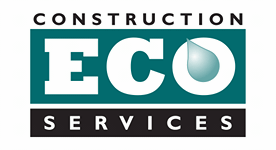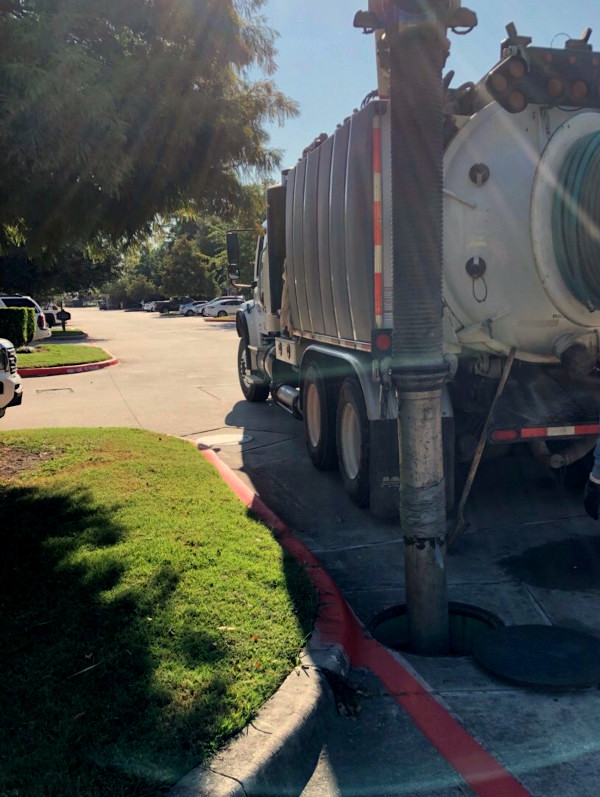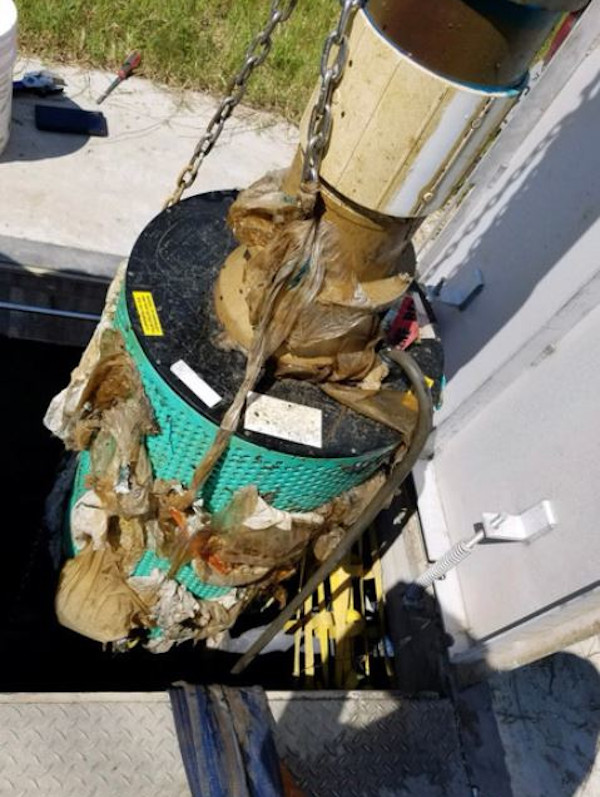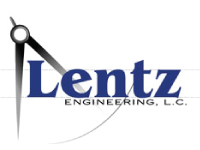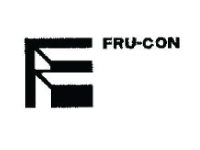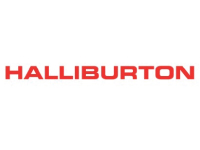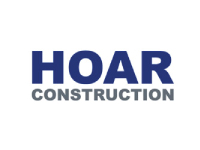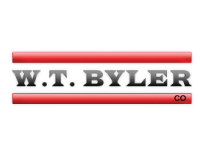PONDS
Regular Maintenance Keeps You Compliant and Reduces Risks
If you are looking for maintenance services for your detention or retention pond, please click the button below to go to our Pond Maintenance page.
CLEAN OUTS
SWQ System Clean Outs, Maintenance & Repairs
Stormwater Quality treatment systems vary widely depending on a variety of factors including the size of the site, location, number of outfalls, and limits of construction. No matter what system is used, they all require regular maintenance, especially regular clean out. Maintenance requirements are based on the dictates of the Stormwater Quality Management Plan (SWQMP) as well as the manufacturer’s recommendations. Clean outs must be properly documented and cutting corners puts owners at risk of fines and penalties. With this in mind we provide our clients with all necessary documentation to prove that removed pollutants have been disposed of properly and legally.
Common Maintenance We Preform
- LID / GSI Systems
- Underground Detention Systems
- Inlet / Storm Drains (Line Jetting)
- Stormwater Pumps
- Stormwater Filter Baskets
- Porous Pavement
- Detention and Retention Ponds
PUMPS
Did your Pump Die?
Nothing mechanical last forever, certainly not pumps. There are many factors that determine the lifespan of a stormwater pond pump, but among the most notable are choosing the right pump for the job and then the ongoing maintenance of the chosen pump. Both of which Construction EcoServices is here to help you with.
If your pump has stopped working, give us call. We will gladly come out to provide you a free assessment of your pump to determine whether it needs repair or replacement, as well as to inform you of your next step options.
VEGETATION MANAGEMENT
Keeping It All Green and Clean.
Stormwater structures have different vegetation types depending on their design and function. Therefore, let’s discuss a few vegetation types and follow with some tips on maintaining that vegetation in order to keep your structure protected.
Turfgrass
The most common vegetation type is simple turfgrass such as Bermuda grass or St. Augustine. Turfgrass spreads out and intertwines making a thick mat over the soil, protecting slopes and other areas from erosion. Frequent mowing encourages growth horizontally. When mowing, you should only take 1/3 of the height of the vegetation. Look at it this way, there are the roots, body and the blades of a grass plant, three parts. When you cut grass too short you are damaging the body and exposing the roots to damage. Only taking 1/3 of the height will keep enough plant mass to continue growth, protect the roots and shade the soil during hot or dry times. Frequent mowing also discourages weeds and woody plants that may be unsightly.
Amendments
Let’s talk about the amendments needed in a turfgrass structure. Biannual fertilizer applications may be necessary after a proper soil test. In structures or areas with more vehicle or foot traffic, proper fertilization will ensure a healthy turf and faster regrowth after damage. Aeration uses spikes or tubes to puncture the soil surface and allow more oxygen into the root zone. Aeration encourages root growth and is often necessary in expansive clay soils that make up a majority of south Texas. Weed infestation is a sign of poor nutrient availability, managing fertilizer applications and frequent mowing will detain those infestations.
Bunch Grasses
Other stormwater structures can be designed with larger bunch grasses. These are often seen when structures are associated with the general landscape and not necessarily turf areas. Bunch grasses grow in single clumps and the only spreading they do is leaf mass at the base of the plant. Many of the same techniques apply with bunch grasses. When cutting, only take a 1/3 of the plant mass. Bunch grasses should be maintained as to keep water flowing around them and to prevent old growth material to clog outlet piping and trash racks. Often, bunch grasses are used in the landscape to target nutrients that are in stormwater. Proper soil testing and fertilization is still an important task in order to keep plants healthy.
Trees
Trees and other woody species are less often used in specific stormwater applications but can still be an important tool in erosion control. Trees that are very leafy and produce a lot of shade should be trimmed annually to prevent over shading turfgrass. Trees naturally shed limbs and branches as they shade themselves out. Maintaining trees often will help remove that material and keep it from clogging outlets and drains. Excess falling leaf material can shade out turfgrass and release the tree’s oils which can stunt or kill surrounding vegetation. Large trees and their root systems can damage concrete structures, underground components and liner material. Therefore, trees have their place in stormwater structures but should be managed actively and placed accordingly.
We Maintain It All
Construction EcoServices provides a full range of vegetation maintenance services. Contact us today.
Received a Re-Permit Notice, What Next?
Learn what to do next if you have received a Notice of Stormwater Quality Requirements for your property. Harris County and the City of Houston each have a set of regulations regarding the post-construction stormwater management obligations that must be met by property owners.
- Determine if your property is in permittable condition
- Issues that must be resolved prior to re-permit
- Professional Engineer Certification
- How to avoid the cost of non-compliance
With an understanding of your requirements as a property owner or manager, this guide will go a long way towards insuring your property is compliant with stormwater quality regulations.
WHY SHOULD YOU CARE?
Stormwater Quality (SWQ) permitting regulations exist to improve water quality and to minimize negative impacts of development on our watersheds. Without these programs, the effects that a growing community creates would have a devastating impact on our region’s already impaired rivers, streams and bayous. Counties and cities each have their own set of regulations regarding the post-construction stormwater management obligations that must be met by property owners.
When incorporating the specifics of SWQ regulatory requirements into the design of a development, the civil engineer calculates the volume of water to be treated, creates a Stormwater Quality Management Plan SWQ and selects a stormwater quality treatment feature to fit the needs of the site. The resulting design must be approved by County or City engineers and a Stormwater Quality Permit is issued to the Owner of the property.
All of this happens before construction is permitted or commenced. On occasion, the SWQ permit and the SWQMP which guides compliance; are details the property Owner or Manager may not be fully aware of. If the SWQ permit is not renewed annually as required, and/or the stormwater quality feature is not inspected and maintained according to the SWQMP, the property Owner is out of compliance and will be subject to fines.
Some may see stormwater management as just another unnecessary and unwanted cost to construction projects or property ownership and management. But, understanding the negative effects that poor or no stormwater management is causing should be a concern to us all. It affects where we live and play. It affects our marine-based food supply. It affects our dwindling water supply.
We care. It is why we do what we do.
